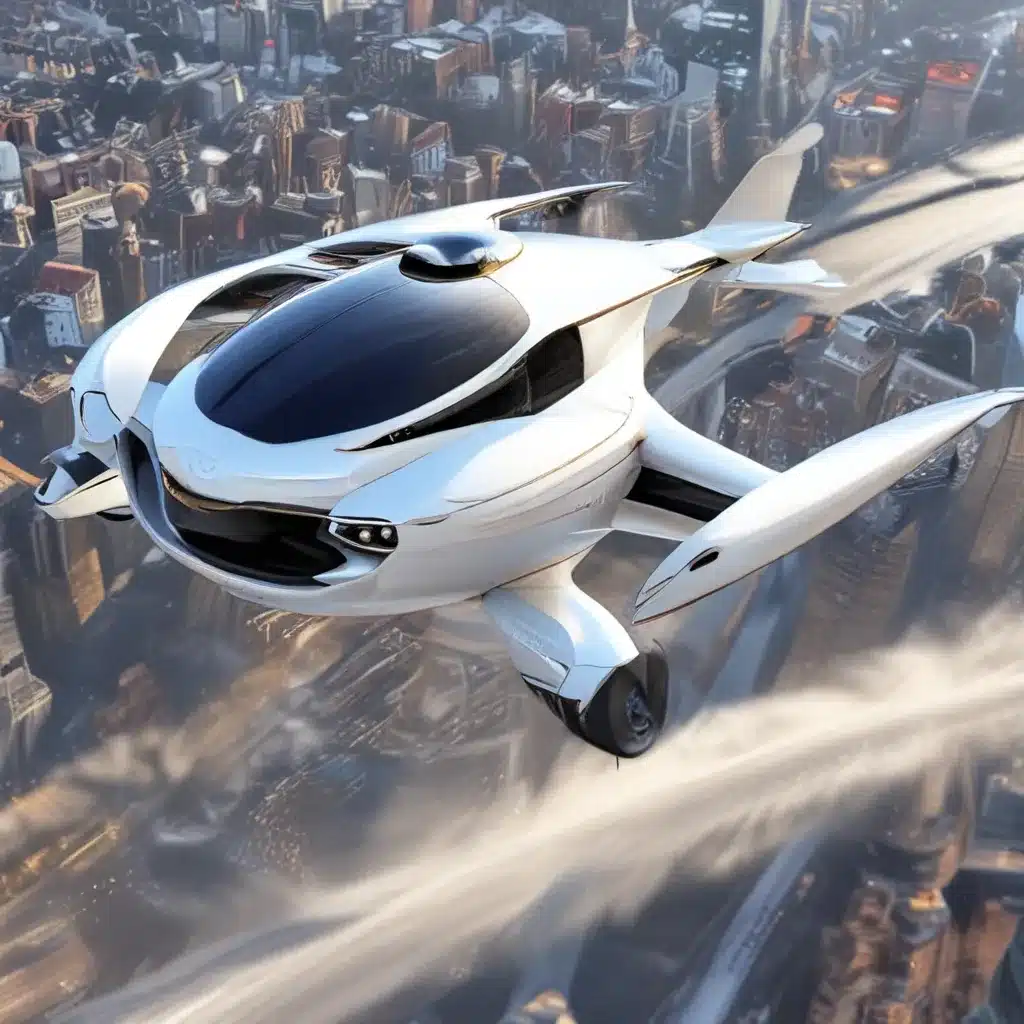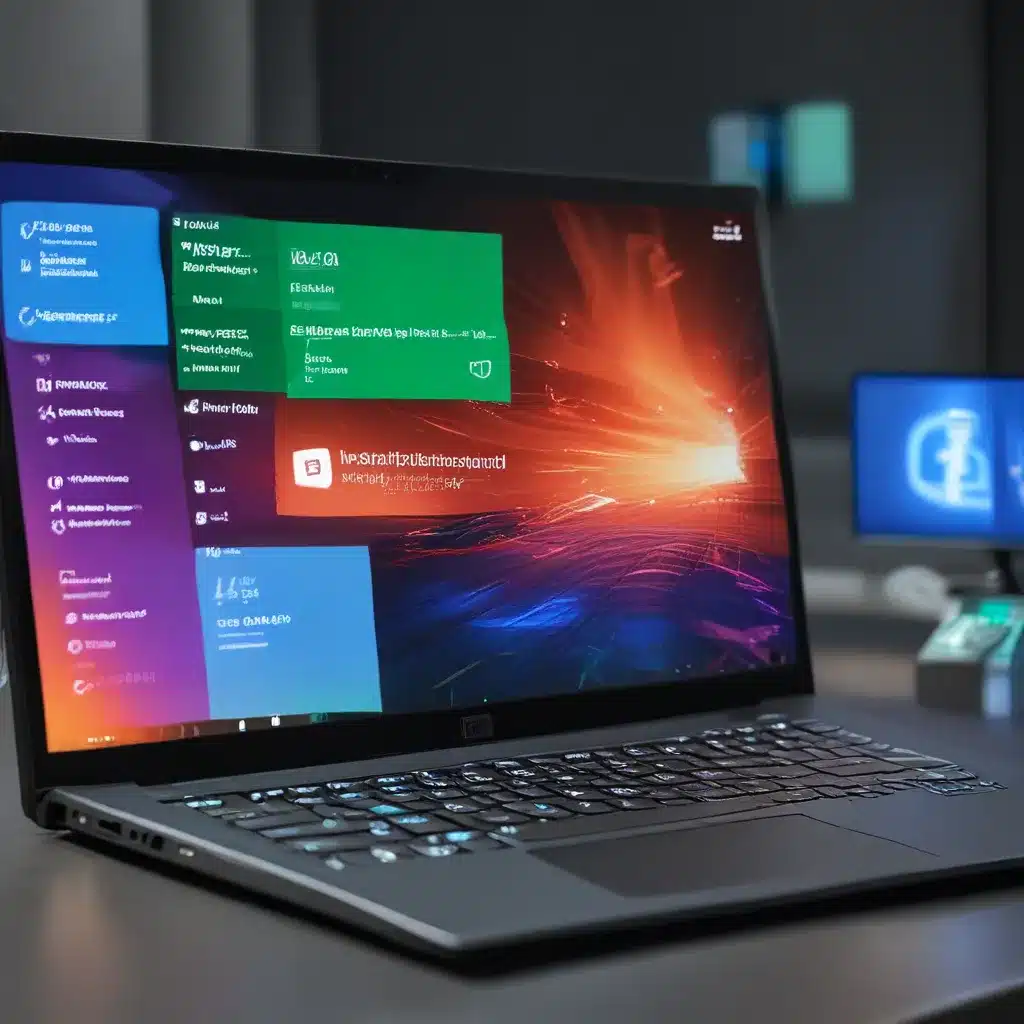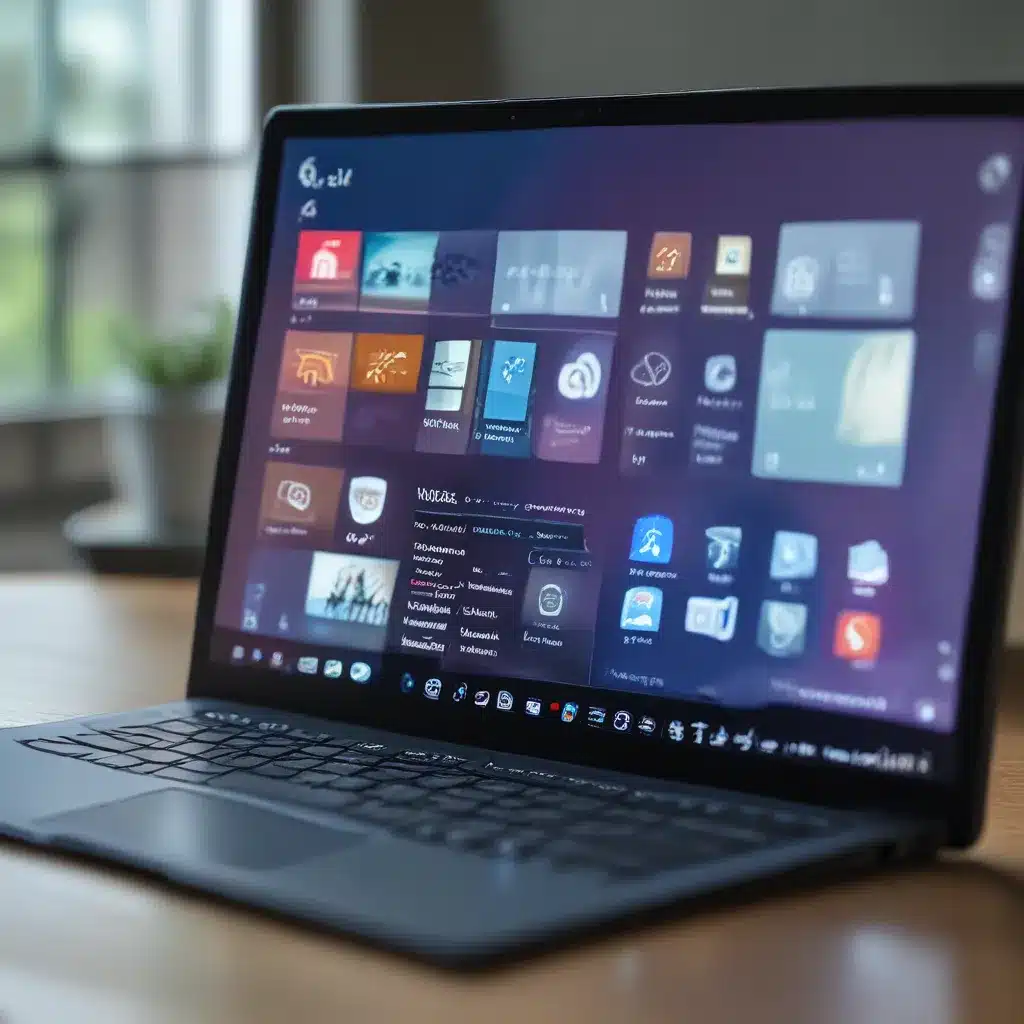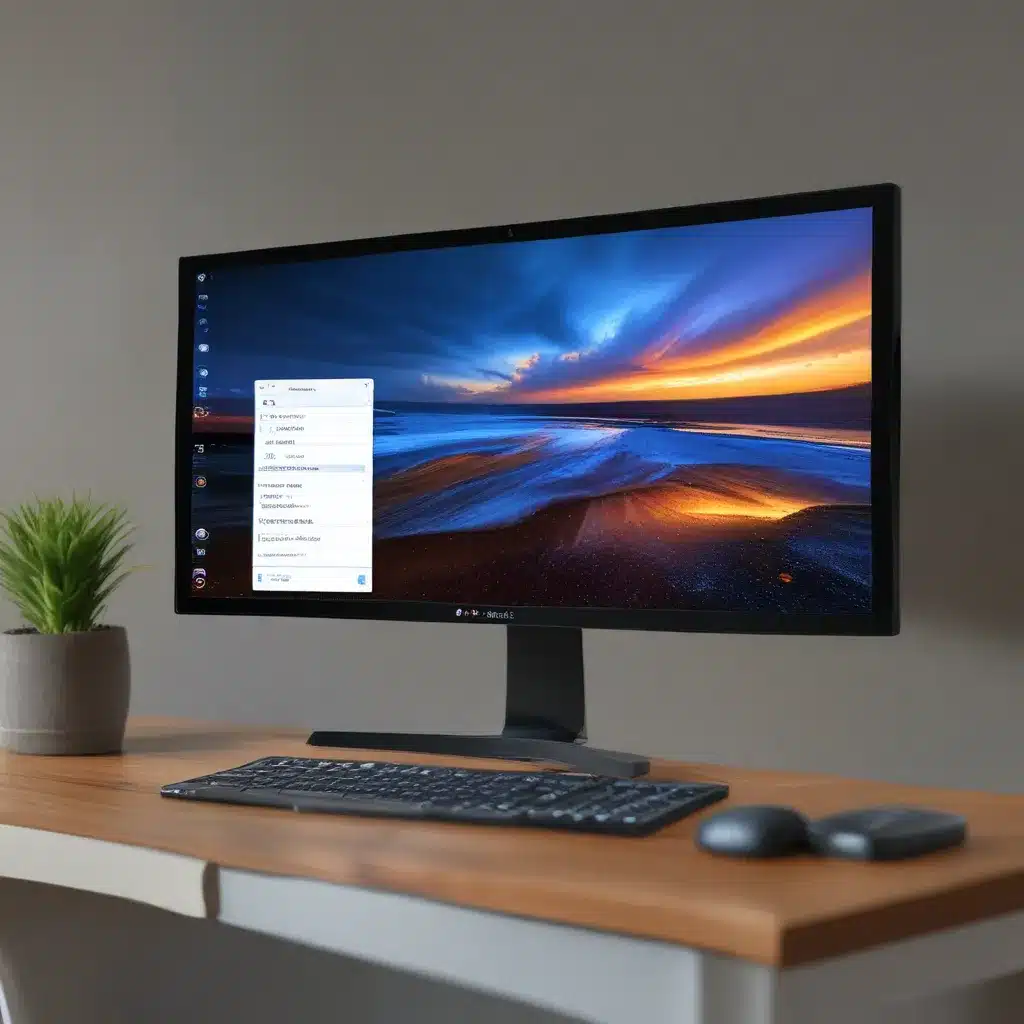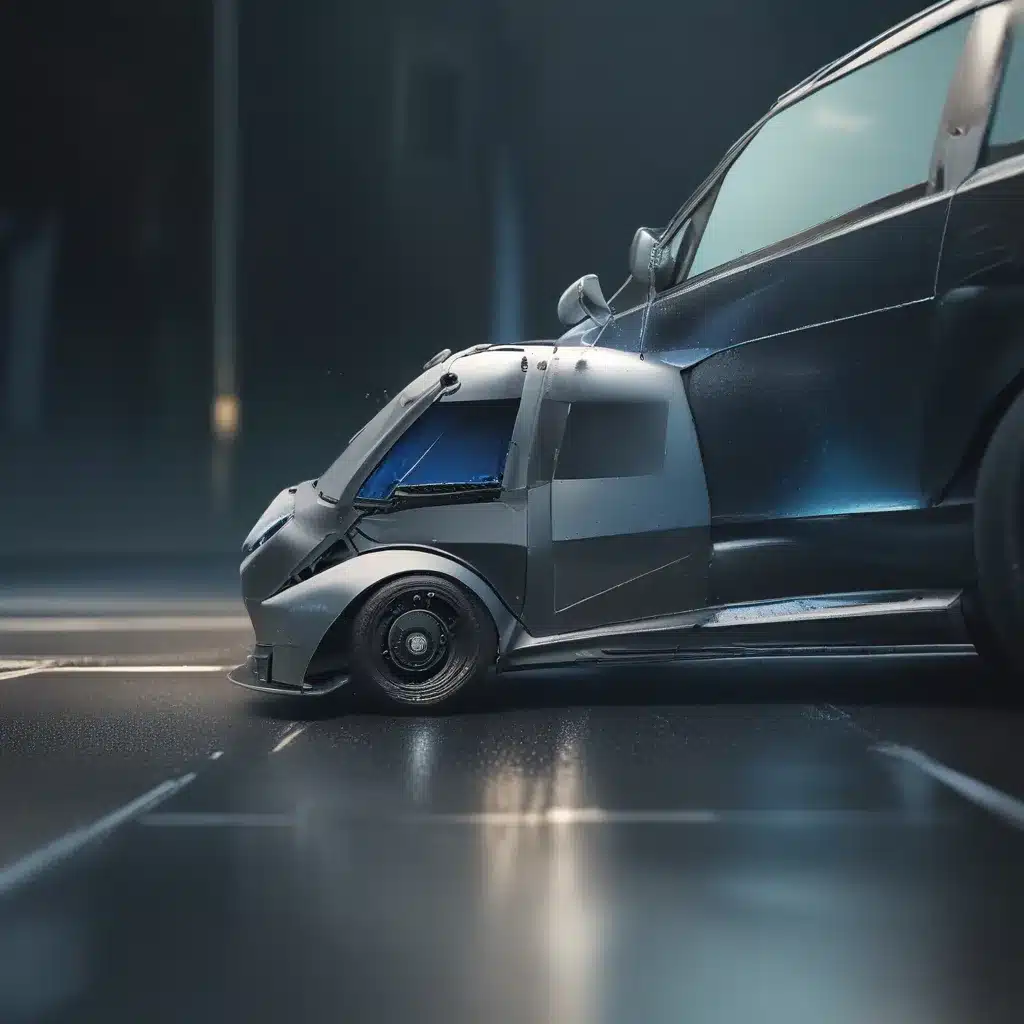A Dream Decades in the Making
Remember when you were a kid, watching those classic sci-fi movies and cartoons where people flew around in personal aircraft, zooming through the skies like a scene straight out of The Jetsons? Well, my friends, it seems that dream may finally be becoming a reality. For years, we’ve been teased with the promise of flying cars, only to be let down time and time again. But if the latest advancements in aviation technology are any indication, the future of personal flight might just be right around the corner.
It’s been a long and winding road to get to this point, with countless attempts and failures along the way. Remember the Curtiss Autoplane from 1917? Or Henry Ford’s ill-fated “Flivver” personal airplane project in the 1920s? And who could forget the Convair Model 116 and 118 “flying cars” from the 1940s, which made it as far as the test flight stage before ultimately fizzling out? The history of personal aviation is littered with grandiose promises and dashed hopes. But just when it seemed like the dream of flying cars was destined to remain in the realm of science fiction, a new generation of innovators has stepped up to the plate, determined to make it a reality.
The Latest Contenders
So, what exactly are these new “flying cars” that have everyone buzzing? Well, let’s take a look at a few of the most promising developments:
The CopterPack
First up, we have the CopterPack, a wearable backpack-style device created by an Australian company of the same name. This drone-like machine features a carbon-fiber honeycomb fuselage and a pair of roughly 3-foot-wide, partly enclosed rotors that allow for electric vertical take-off and landing (eVTOL). The pilot controls the CopterPack using joysticks attached to waist-height armrests, with the rotors able to tilt independently for improved maneuverability.
The Gravity Jet Suit
Another contender is the Gravity Jet Suit, created by British inventor Richard Browning and his company, Gravity Industries. This high-powered, jet-engine-powered exosuit has been wowing audiences with its ability to enable effortless and rapid boarding of ships and other platforms. With its 1,050-horsepower engines, the Gravity Jet Suit can propel the wearer through the air at impressive speeds.
The Flyboard Air and Other Jet-Powered Devices
And let’s not forget about the Flyboard Air, developed by French inventor Franky Zapata, and the DragonAir Airboard 2, which uses eight propellers to achieve eVTOL. These jet-powered devices offer a thrilling personal flight experience, albeit with some limitations in terms of range and safety.
The Transition and TF-X from Terrafugia
On the more practical side of things, we have the Transition and TF-X from Terrafugia, a company recently acquired by Chinese automaker Geely. The Transition is essentially a light aircraft that can fold its wings and drive on the road like a regular car, while the TF-X is a more advanced, hybrid-electric version still in development. These vehicles are designed to offer the convenience of a car with the added ability to take to the skies when needed.
The AeroMobil 4.0
Another intriguing design comes from the Slovakian firm AeroMobil, which has been working on its AeroMobil 4.0 – a sleek, hybrid-electric roadable airplane that fits into a standard parking space and is expected to hit the market in 2020. With a price tag estimated between $1.3 million and $1.6 million, it’s certainly not for the faint of heart, but it represents another step forward in the quest for practical personal flight.
The Promise and the Challenges
As exciting as these new developments are, it’s important to remember that the dream of the flying car has been around for decades, and there have been countless false starts and disappointments along the way. So, what’s different this time? Well, a few things, actually.
For one, the advancements in materials science, battery technology, and flight control systems have made these vehicles far more viable and practical than their predecessors. The CopterPack, for example, boasts a self-leveling feature and precise maneuverability thanks to its tilting rotors, while the Transition and TF-X from Terrafugia are designed to address the common pain points that have historically kept general aviation pilots grounded.
Additionally, there seems to be a growing appetite among consumers for these types of personal flight solutions. As Terrafugia founder Carl Dietrich put it, “We would like people who never thought of becoming a pilot before to consider it because hey, it’s a flying car.” The allure of the flying car, it seems, is as strong as ever.
Of course, there are still significant hurdles to overcome. Issues like battery life, safety regulations, and public acceptance will all need to be addressed before these vehicles can become a mainstream reality. And then there’s the question of cost – with the Transition expected to come in at around $500,000 and the AeroMobil 4.0 potentially reaching as high as $1.6 million, these flying cars are hardly going to be within reach of the average consumer.
The Future is Up in the Air
So, where does all of this leave us? Well, it’s clear that the dream of the flying car is closer to becoming a reality than ever before. With companies like ITFix at the forefront of the latest aviation technologies, the future of personal flight is looking brighter by the day.
Will we see flying cars in every driveway anytime soon? Probably not. But the steady march of progress suggests that the day when we can all take to the skies like our favorite cartoon characters might not be too far off. And who knows – maybe one day, I’ll be able to strap on a CopterPack and soar over the city, just like Iron Man. A guy can dream, can’t he?

